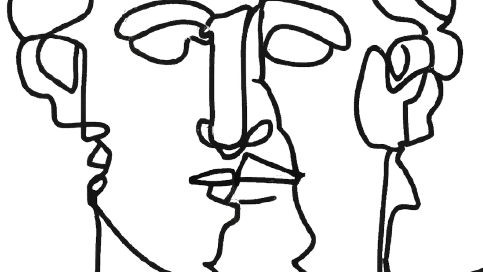Who I Want to Be vs. Who I Am
On faking-good, seeing things as they are, and removing the noise.
One day in class this past semester an interesting question came up.
The class had just taken an online survey that provides a quick take on how you tend to prioritize your values. They received their results, I talked about what the results meant and the model behind the results, and they got into small groups to discuss.
When we reconvened I asked each group what had come up in their conversations. One student said, “we talked about how we tend to answer these questionnaires based on who we want to be, how we want to think about ourselves, versus who we really are.” Then she asked, “why do we do this?”
Right you are; why indeed?
This idea, faking-good as it’s called in psychology research, is an effect of social desirability. It is among the many ways we present ourselves in everyday life so as to appear more favorably to those around us.
My first thought in response to the question was why are you doing that, this is a class, the purpose is to learn about yourself?
But that sparked a deeper question - can we not do that? Can we identify who we “really are?”
This little episode came to mind today when I read about the release of
’s new book The Good Enough Job: Reclaiming Life from Work (very interested! just ordered!). Stolzoff had a guest post on ’s newsletter Anti-Mimetic in which he posed a useful thought experiment that may help cut through a bit of the who-I-am vs. who-I-want-to-be noise.In evaluating a career-decision, ask yourself this question:
If I could achieve whatever professional goals I’ve set out for myself, but I couldn’t tell anyone that I’d achieved them, would I still want them?
I think this is a useful frame to help identify when we’re looking for power in the world, when our goals start to shift away from what we truly want into what we think might make others view us more positively.






